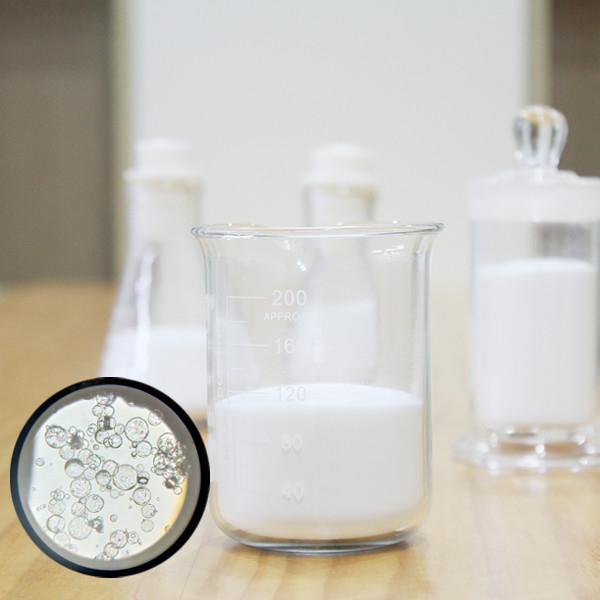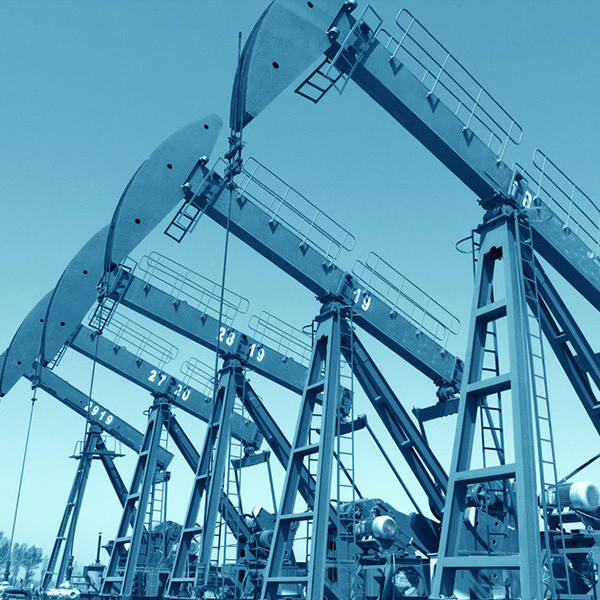HN60 Hollow Glass Microspheres 10000 Psi For Oil and Gas Drilling
Product Specifications
| Attribute |
Value |
| Product name |
HN60 glass microspheres |
| Application |
Oil Field |
| Diameter |
10-65 µm |
| Density |
0.15-1.0 g/cm³ |
| Compressive Strength |
10000 psi |
| Chemical Composition |
SiO2, Na2O, CaO, MgO, Al2O3 |
| Color |
White or transparent |
| True Density |
0.58-0.62 |
| Bulk Density |
0.30-0.34 |
| Dielectric Constant |
1.2-2.2(100MHZ) |
| Thermal Conductivity |
0.2 |
Product Description
Hollow glass bubbles can be used in oil and gas drilling and production operations to improve the performance of various materials and processes. These benefits make hollow glass bubbles a popular choice in many oil and gas drilling and production operations.

Applications
- Cementing operations: Added to cement slurries to reduce weight and improve flow properties, enhancing cementing process performance and zonal isolation.
- Lightweight proppants: Used in hydraulic fracturing operations to prop open fractures in reservoir rock, improving oil/gas flow to wellbore.
- Drilling fluids: Added to reduce density and improve flow properties, making fluids easier to transport and handle while improving drilling efficiency.
Technical Specifications
| Model |
True Density (g/cm³) |
Bulk Density (g/cm³) |
Compressive Strength (psi) |
Diameter (um) |
D10 |
D50 |
D90 |
| HN60 |
0.58-0.62 |
0.30-0.34 |
7250 |
15 |
35 |
70 |
Product Advantages
Light Weight, Enhanced Cement Stability, Rheology Control, Filtration Control
Why Choose Us?
- Specialized in manufacturing Hollow Glass Bubbles for over 20 years
- Ranked among the largest HGB manufacturers globally
- Guaranteed product quality with comprehensive testing available
- Consistent product performance and reliability as our top priority
Frequently Asked Questions
Can you tell me more about package details of Hainuo HGBs?
We offer package options of carton and ton bags, with dimensions varying by model and density. Customers can choose preferred package plans by contacting our team in advance. For special requirements, we provide customized packaging solutions.
What is Hainuo Technology's history and achievements in HGBs?
Founded in 2011 with research backing from government institutions, Hainuo Technology achieved rapid technological breakthroughs. We've earned national honors including "High-Tech Enterprises" and "Outstanding Enterprise in Shanxi province." Our products are used in major national projects by CNPC and CNOOC.
What precautions should be taken when unpacking HGBs?
Unpack in ventilated areas, gently remove packaging bands, and minimize vibration to reduce dust emission. For sensitive individuals, safety glasses and gloves are recommended. Store packages in dry, cool areas away from direct sunlight and keep tightly sealed.
What are the advantages of using hollow glass bubbles?
Hollow glass bubbles enhance thermal insulation, fluidity, stiffness, strength endurance, and chemical resistance while serving as lightweight fillers in various industries.
What are common applications of hollow glass bubbles?
Widely used in aerospace, rubber, plastic, marine, and construction industries as lightweight fillers to improve product performance and reduce production costs.
What is the density and size range of Hainuo HGBs?
Typical density range: 0.11-0.606 g/cm³; Size range: 10-115 µm, varying by application.
Are Hollow Glass Bubbles environmentally friendly?
Yes, made from natural sand, they're recyclable and cause no environmental harm. Hainuo Technology prioritizes eco-friendly production throughout our processes.
Can Hollow Glass Bubbles be used in 3D Printing?
Yes, they can be added to 3D printing materials to reduce weight, improve strength, enhance printability, and reduce warping.
Can Hollow Glass Bubbles be used in Concrete?
Yes, they serve as lightweight aggregates in concrete, reducing weight while improving thermal insulation, fire resistance, workability, and durability.
What is Hainuo's annual production capacity?
Current capacity: 15,000 tonnes/year. With second production line construction, expected to reach 35,000 tonnes/year by 2026.

 Your message must be between 20-3,000 characters!
Your message must be between 20-3,000 characters! Please check your E-mail!
Please check your E-mail!  Your message must be between 20-3,000 characters!
Your message must be between 20-3,000 characters! Please check your E-mail!
Please check your E-mail! 


